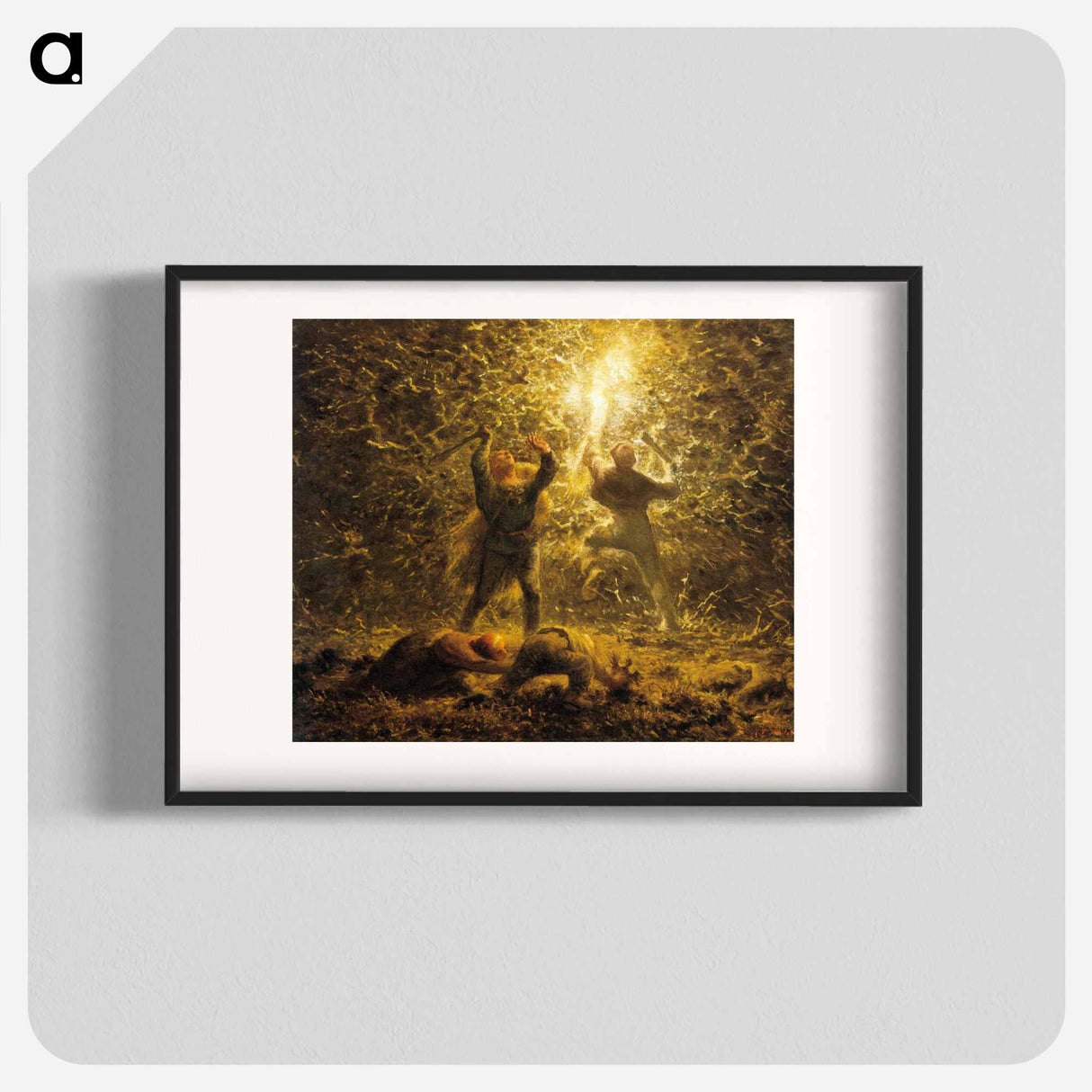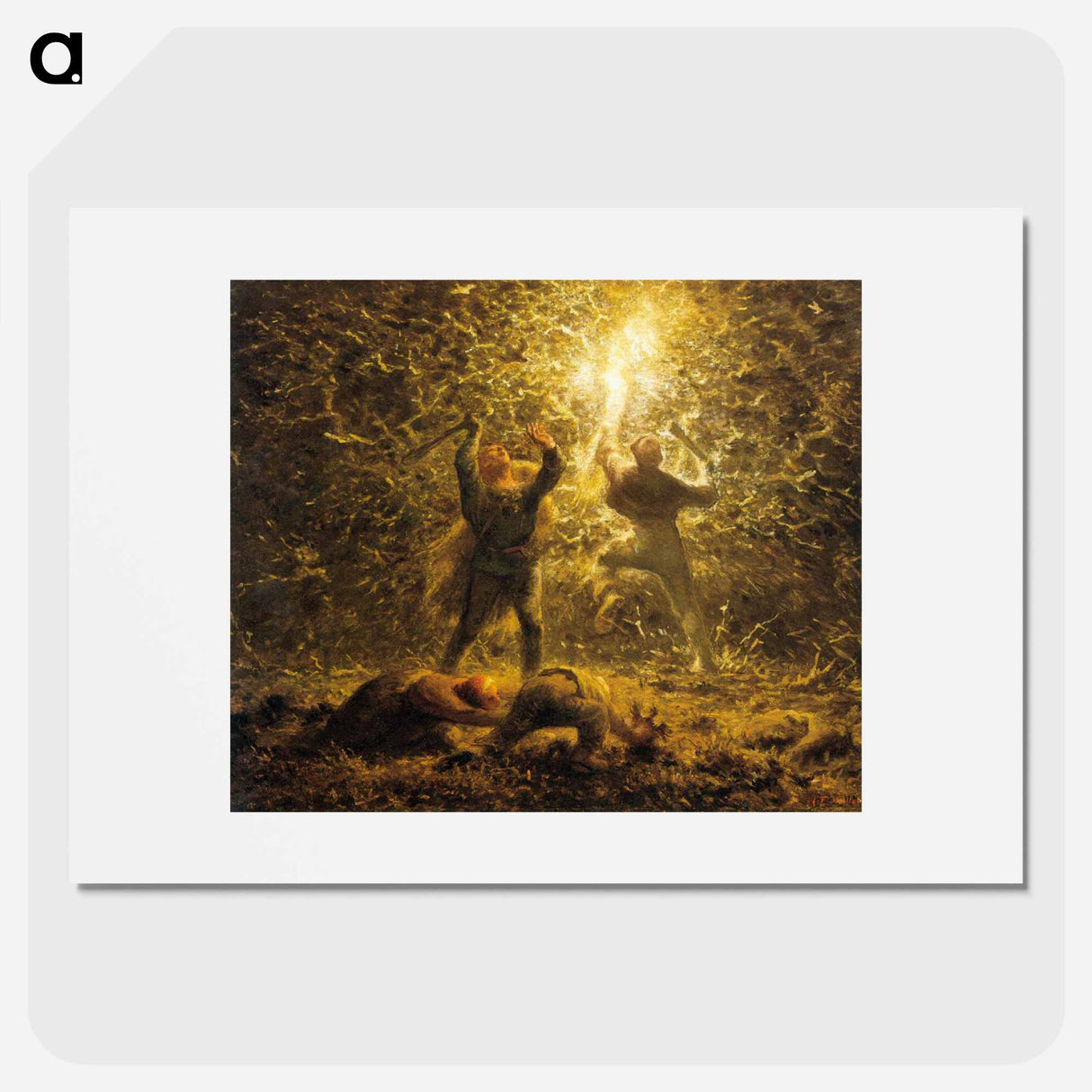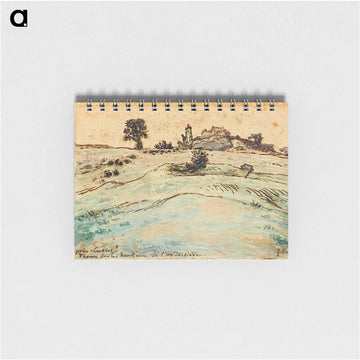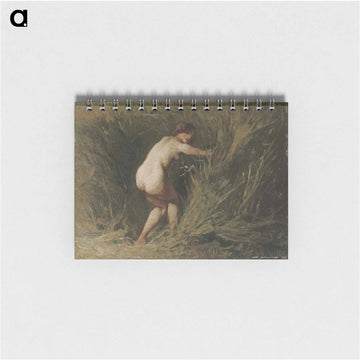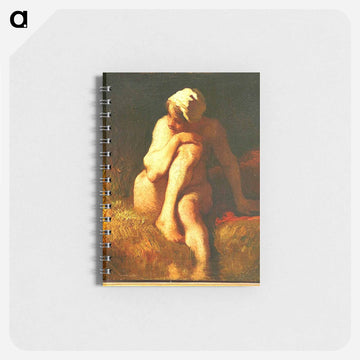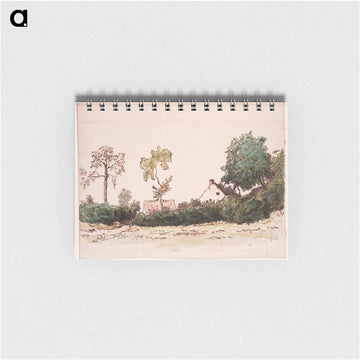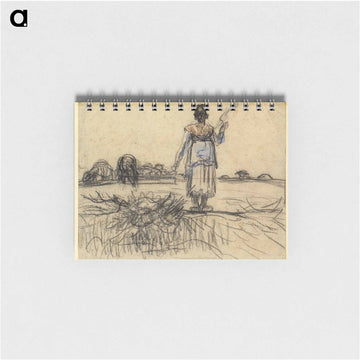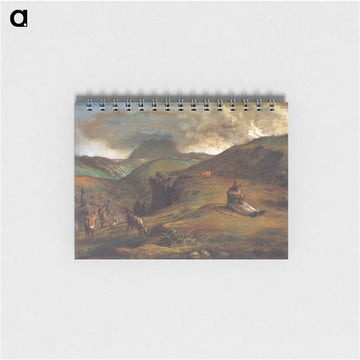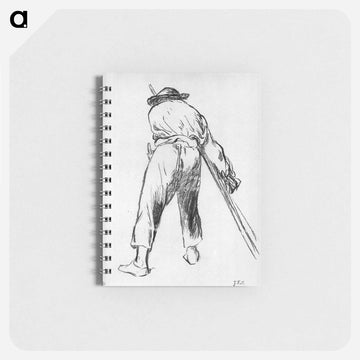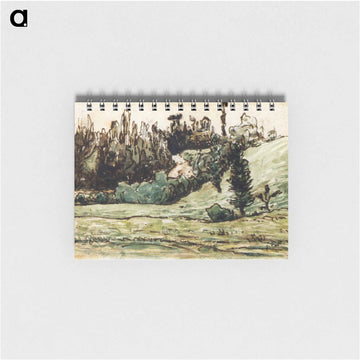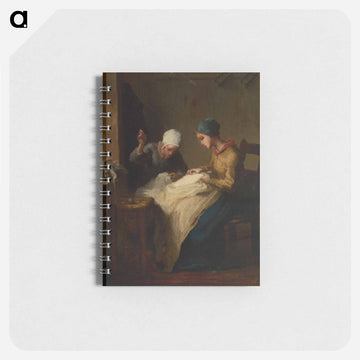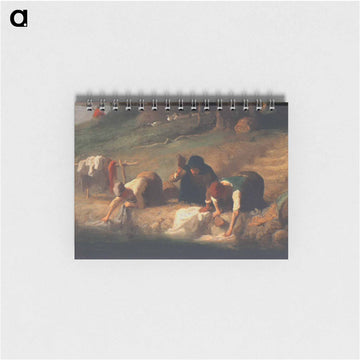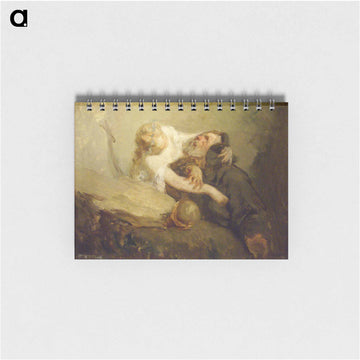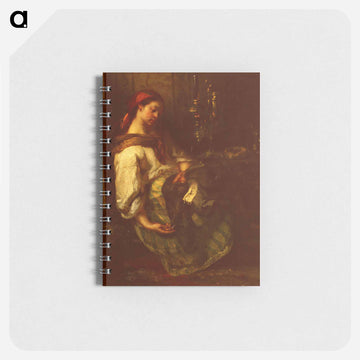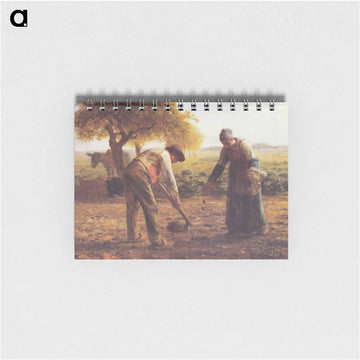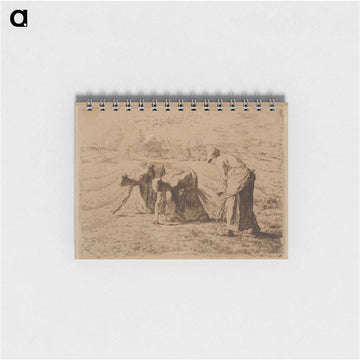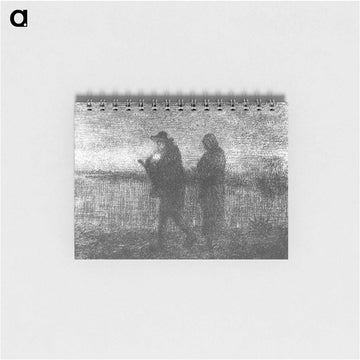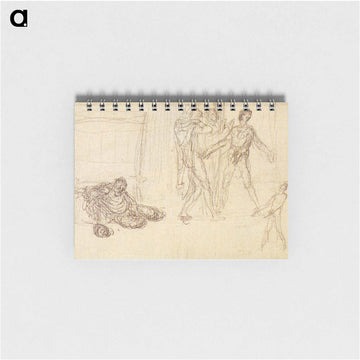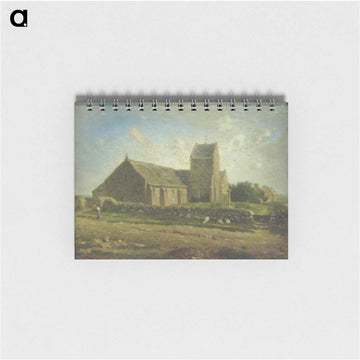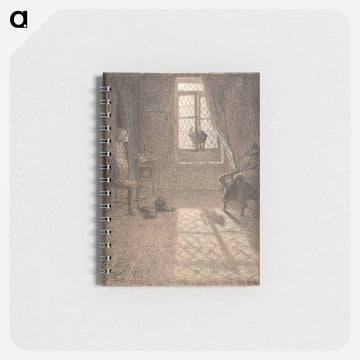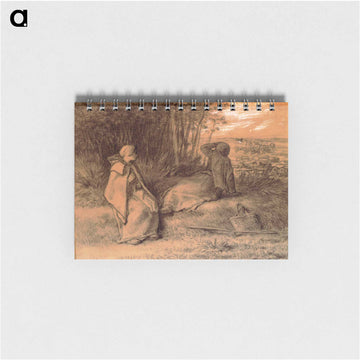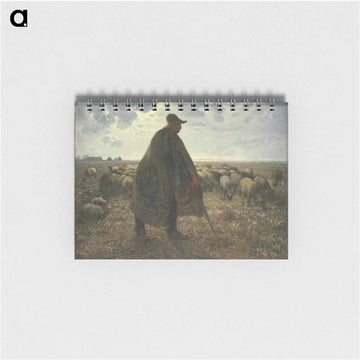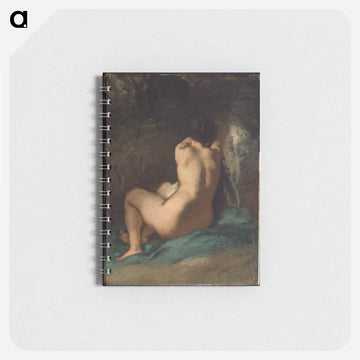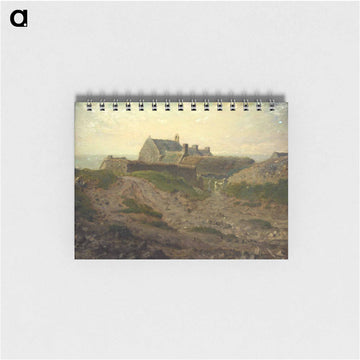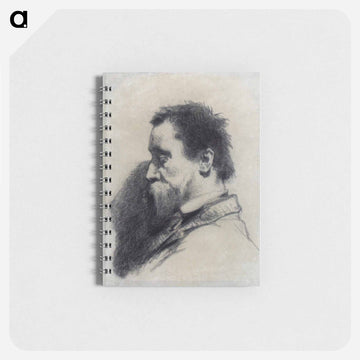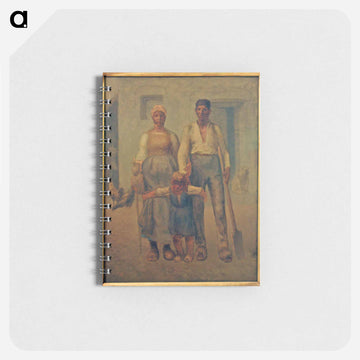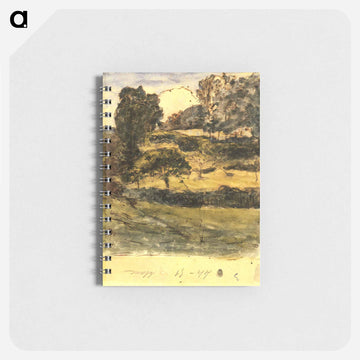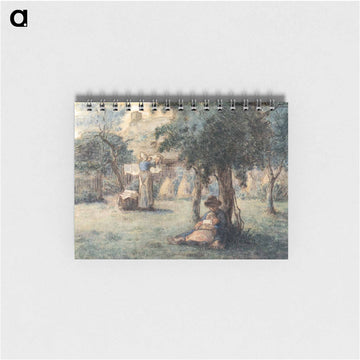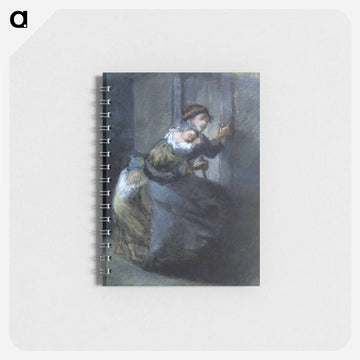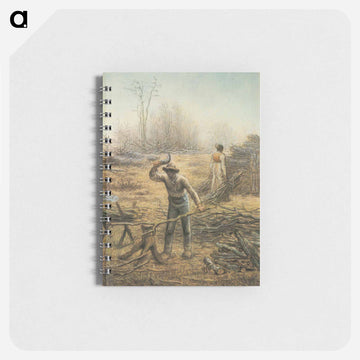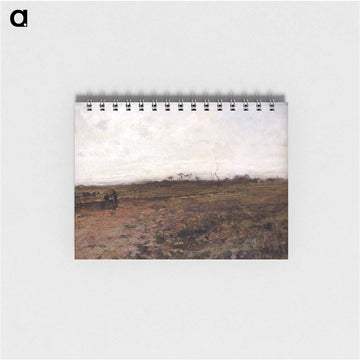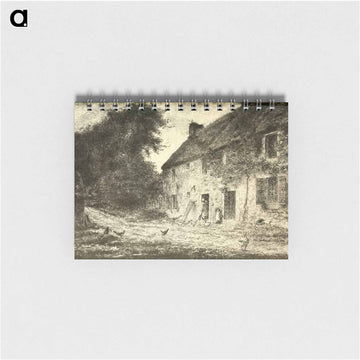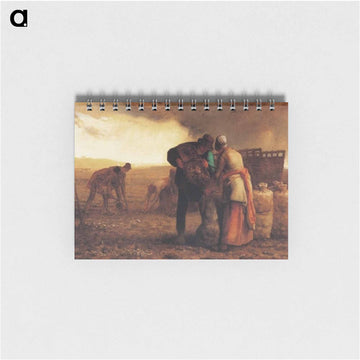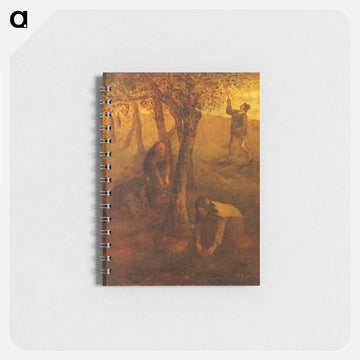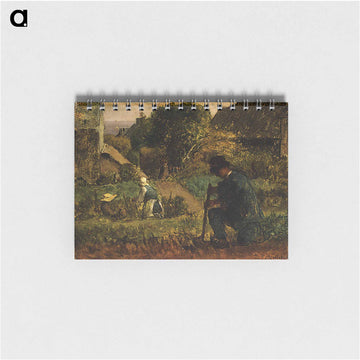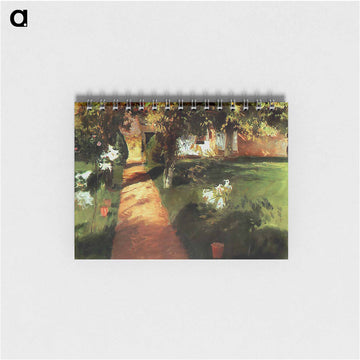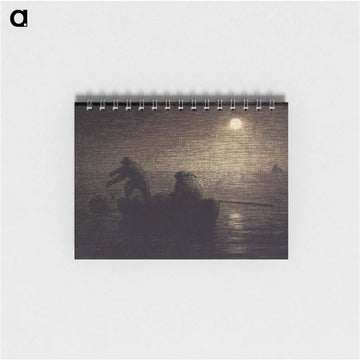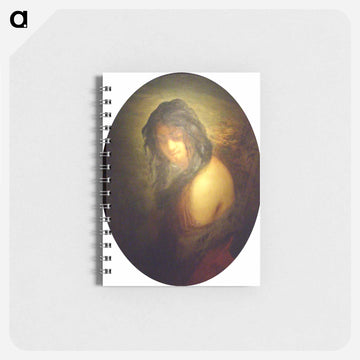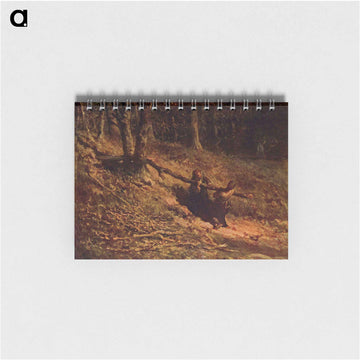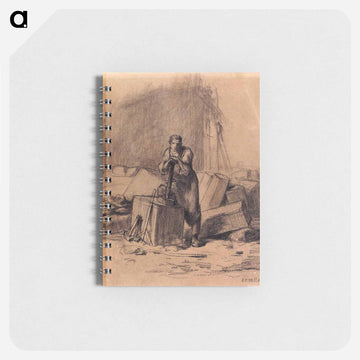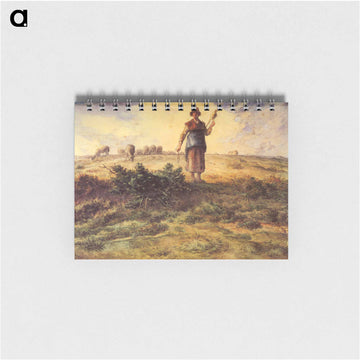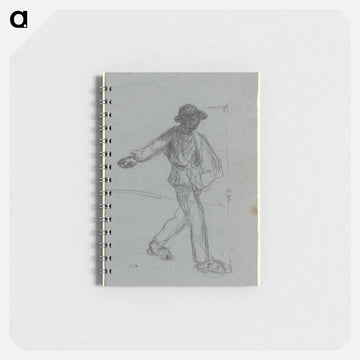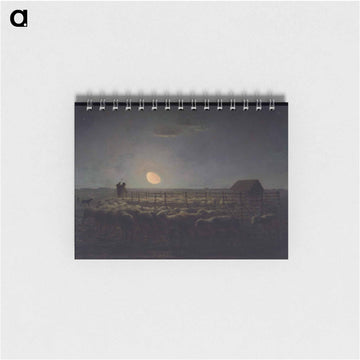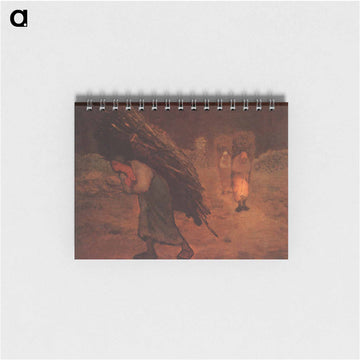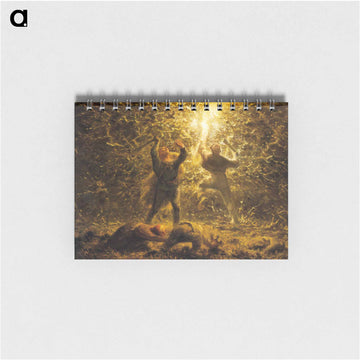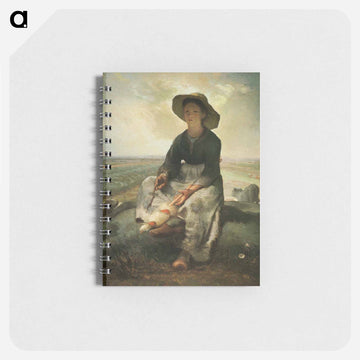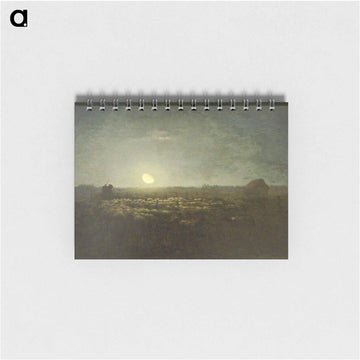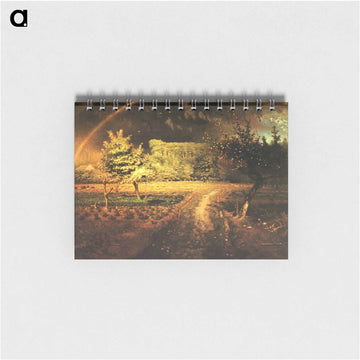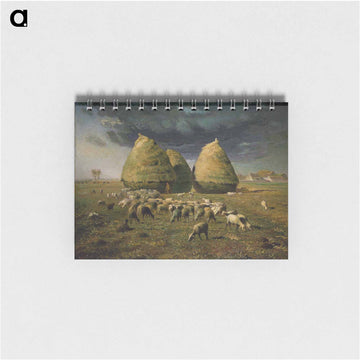Hunting Birds at Night - ジャン フランソワ ミレー Poster.
Hunting Birds at Night - ジャン フランソワ ミレー Poster. - A5(148×210) / なし is backordered and will ship as soon as it is back in stock.
【出荷予定について】
※土日祝定休
製品説明
製品説明
artgraph.オリジナルの名画のアートポスター&アートフレーム
EPSON社製のアート作品で採用される品質の用紙を使用して印刷しております。
作品向けに開発された用紙として、劣化や褪色が少なくインテリアポスターの中でも最高品質のジークレープリントというカテゴリに属する用紙です。
画材用紙のようなテクスチャーがプリント作品の立体感を表現しまるで本物のような複製画となっております。
- 用紙の重量: 190 g/m²
- ジークレー版画(インクジェットプリント)
- 作品やサイズによって余白の幅を調整しております。
※原画データのサイズよって、印刷が荒くなり過ぎてしまうサイズをオーダーの場合はご連絡を差し上げております。
※サイズ展開以上の大きさをご希望の場合は、直接ご相談ください。
| 作品名 | Hunting Birds at Night(夜鳥狩り ) |
| 作家名 | Jean Francois Millet(ジャン フランソワ ミレー) |
| 制作年月日 | 1874 |
| 関連キーワード | ジャンフランソワミレー さ行 フランス バルビゾン派 写実主義 19世紀 農民画家 アート ポスター アートポスター アートパネル インテリア おしゃれ 絵画 絵 名画 風景画 風景 雑貨 ヴィンテージ レトロ 玄関 リビング ダイニング 寝室、台所、トイレ、玄関などご自身用にも、モデルルーム、オフィス、事務所、お店、ホテル、カフェなどのディスプレイ用の複製作品としてご利用もいただいております。新築、誕生日などのお祝い、プレゼントとしてもご利用いただいております。 |
| Related Keywords | |
| 管理番号 | 1-85 |
※製品画像はできる限り実物の色に近づけるよう徹底しておりますが、 お使いのモニター設定、お部屋の照明等により実際の製品と色味が異なる場合がございます。
素材ごとに異なるニュアンスが生まれることもございますが、風合いとしてお楽しみいただければ幸いです。
余白と寸法
余白と寸法
縦横比によって、寸法が成り行きで縮小します。
詳細の寸法はお手数ですが、お問合せください。
| サイズ | 短辺の最小余白 | 長辺の最小余白 |
|---|---|---|
| A5 | 14.5mm | 25.5mm |
| A4 | 20mm | 35mm |
| A3 | 28.5mm | 49.5mm |
| A2 | 40mm | 70mm |
| A1 | 50mm | 90mm |
| B5 | 17.5mm | 30.5mm |
| B4 | 24.5mm | 43.5mm |
| B3 | 35mm | 61mm |
| B2 | 45mm | 80mm |
| B1 | 64mm | 114mm |
※上記の数値は最小の余白幅になります。
細長い作品など、作品の比率によっては上記より広い余白ができる場合がございます。
事前に正確なサイズを知りたい方はこちらからお問い合わせください。
お届けについて
お届けについて
出荷までの期間はポスターのみは3営業日、額装込み・キャンバス製品は10営業日程度いただいております。
それ以外の製品は10〜14営業日程度いただいております。
営業日:月〜金曜
定休日 : 土・日曜日・祝日
※サイズ・色・点数によってお届けに通常より長くお時間をいただく場合がございます。お急ぎの場合や複数点数のご購入をご検討の場合は事前にお問い合わせください。
返金・交換について
返金・交換について
返金・交換に関して
到着した製品に不具合がございましたら到着より7日以内に速やかにご連絡ください。
■返品・交換などの連絡先
info@artgraph.jp
返金
商品に不具合が有った場合は上記「返金・交換」をご覧下さい。
キャンセル
生産開始前であればキャンセル・返金可能ですが、生産が終了している場合は全額ご請求とさせていただきます
詳しくはこちら
安心してご注文いただけます。
Payment methods
artgraph.では運営側でクレジットカード情報を保存せず、お客様のクレジットカード情報にアクセスすることはできませんので安心してご利用ください。
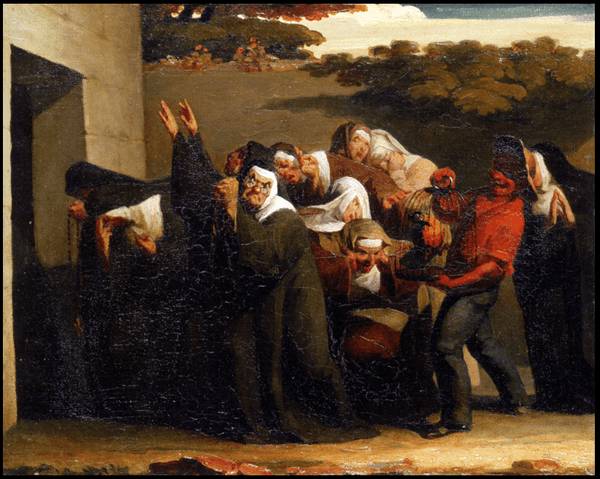
Jean Francois Millet
Jean-François Millet is one of the leading painters of the 19th century French Barbizon School . Known as the "peasant painter," he continued to paint the people who worked in rural areas with deep sympathy and respect. In particular, his works such as "The Gleaners" and "The Angelus" are masterpieces that express the solemnity and dignity of peasant life and continue to inspire many people even today.
Jean-Francois Millet Biography
- Born on October 4, 1814 in Gruchy, Normandy, France.
- Around 1833, he began his painting training under a portrait painter in Cherbourg.
- In 1837, he went to Paris to enroll in the École des Beaux-Arts (National School of Fine Arts), but soon dropped out.
- First accepted at the Salon in 1840
- In 1849, he moved to the village of Barbizon on the outskirts of Paris and began painting peasant scenes.
- 1857: The Gleaners causes controversy at the Salon
- In 1867, he won first prize at the Universal Exhibition in Paris and achieved fame.
- Died at Barbizon on January 20, 1875 (aged 60)
Representative works
- The Gleaners (1857)
- The Angelus (1857-1859)
- The Sower (1850)
- Harvesters Resting (Ruth and Boaz) (1850-1853)
- Shepherdess with her Flock (c. 1864)
The Art of Jean-François Millet
A notable feature of Millet's art is that he portrayed people working in rural areas with deep empathy and affection. Known as the "peasant painter," Millet lived among peasants himself and continued to observe their labor and daily activities with sincerity. His works express the harshness of peasant life, as well as their dignity in their labor and their spiritual strength. In particular, his representative works such as "The Gleaners" and "The Angelus" fuse realistic depiction with poetic expression, elevating the figure of the peasant to a universal human figure. His works can be said to be based on a deep insight into nature, which is common to the realist and Barbizon school painters of his time.
The influence of Jean-François Millet and his later reputation
Millet had a great influence on artists of later generations through his peasant paintings. Van Gogh in particular had a deep respect for Millet and learned a lot from him, including copying his works. Millet's art was also linked to socialist ideology and was supported by working-class people. Today, Millet is highly regarded around the world as one of the leading painters of the Barbizon School . Keywords such as " peasant painter ," " gleaners ," " The Angelus ," " Barbizon School ," and " realism " are important elements in understanding Millet's art. His works are housed in art museums around the world and continue to inspire many people even today.
SNSでご紹介いただきました





















本日のご注文受付終了まで
時間が過ぎると翌営業日のご注文扱いとなりますのでご了承くださいませ。


